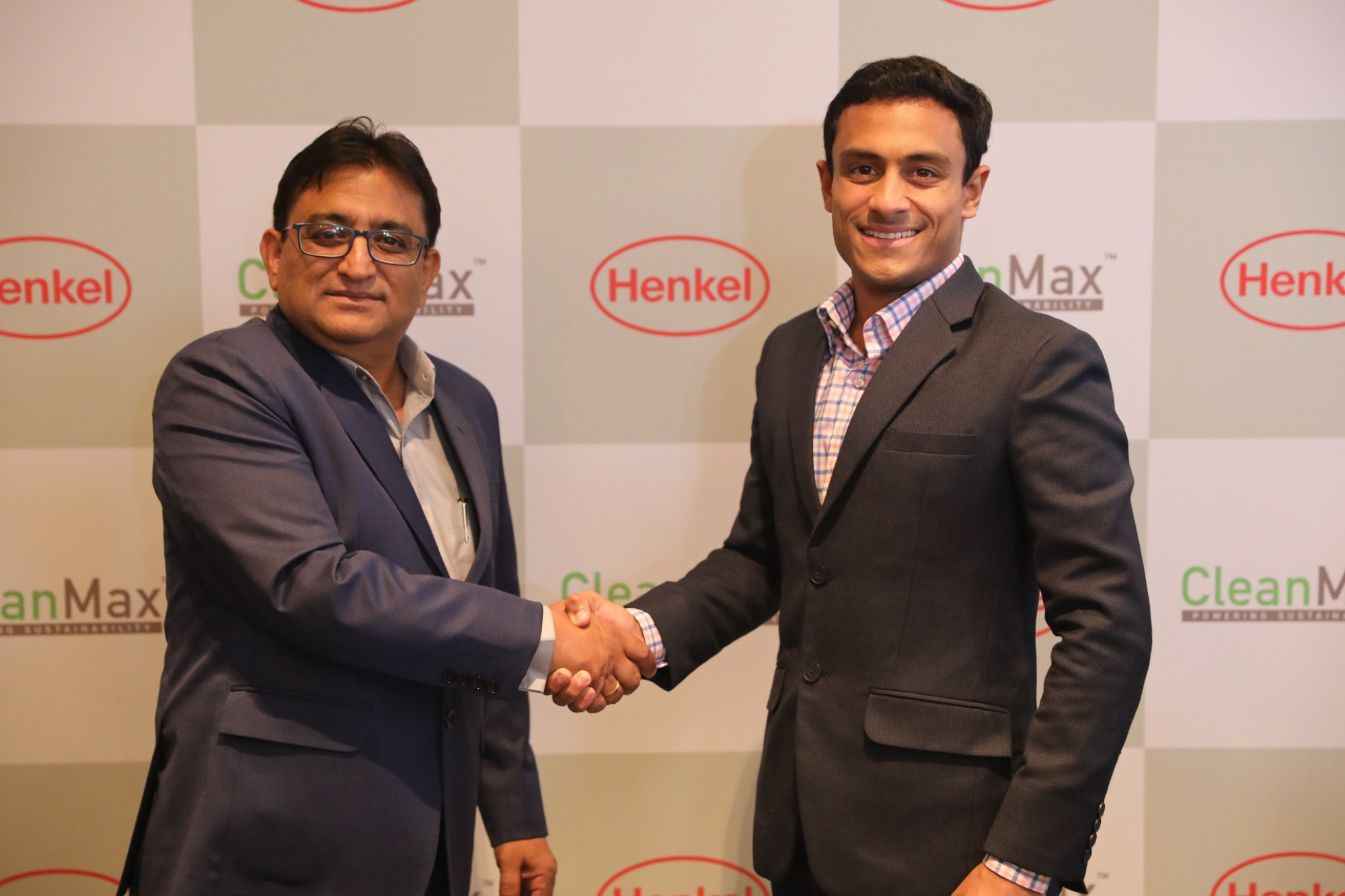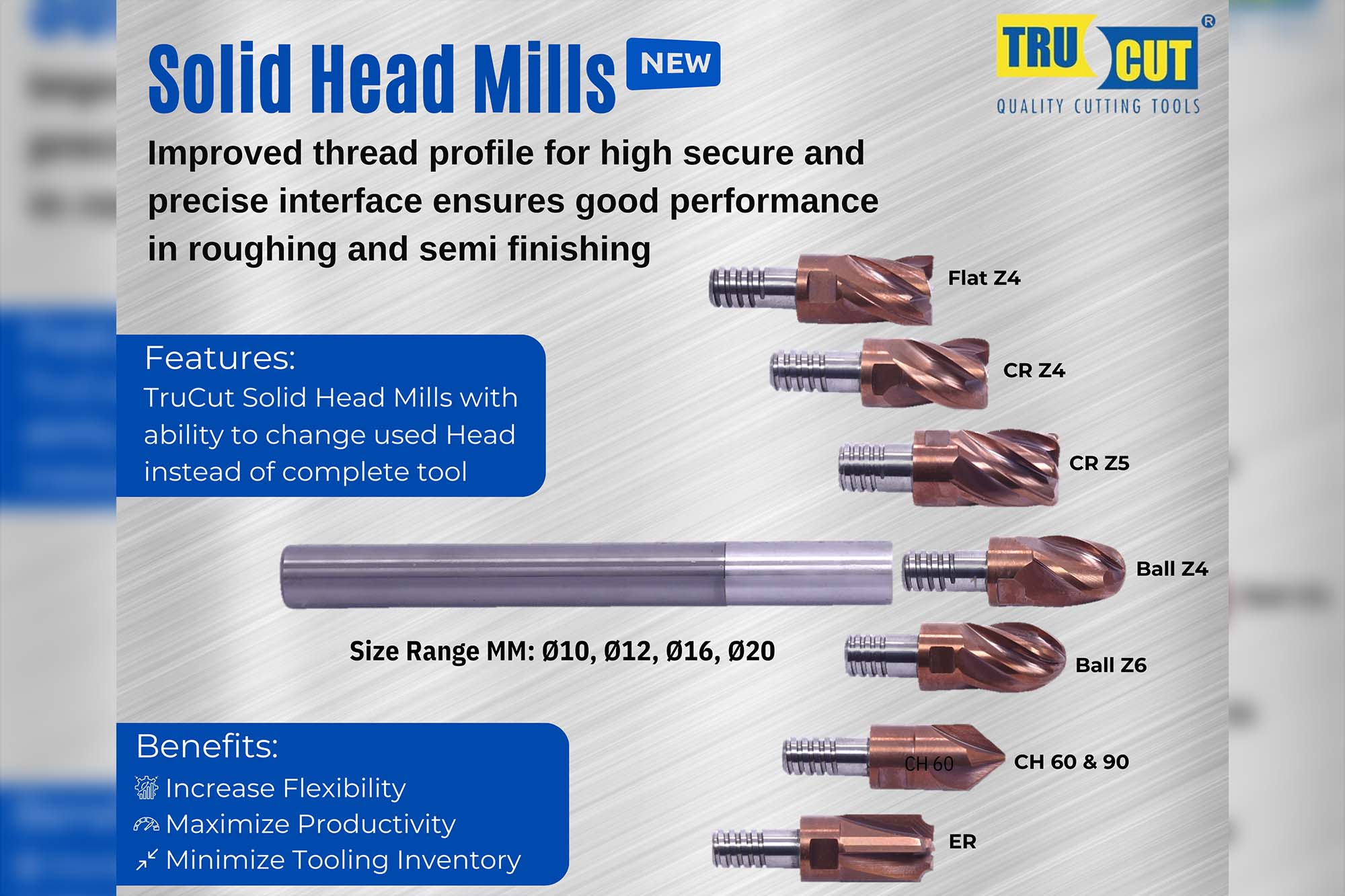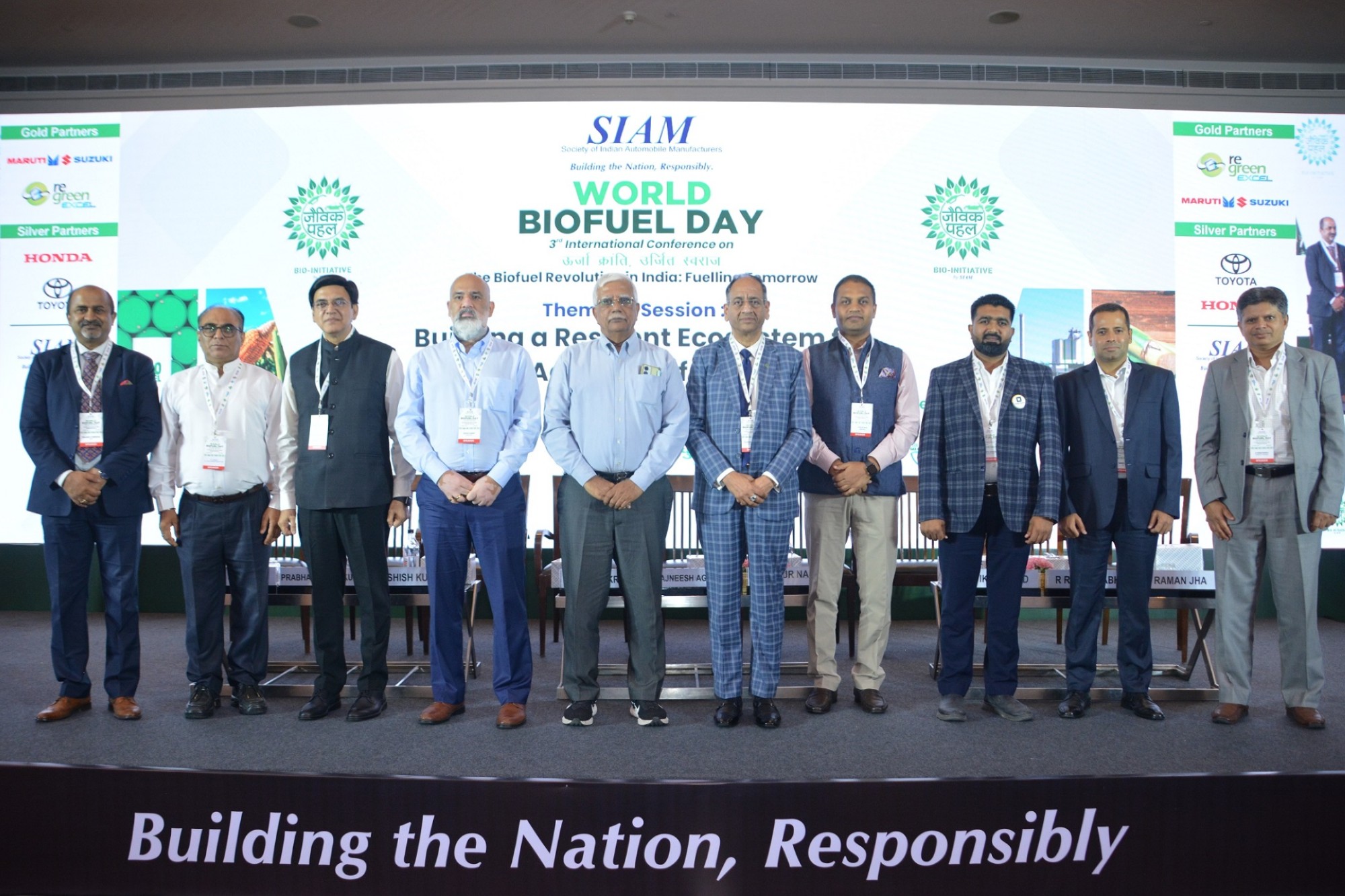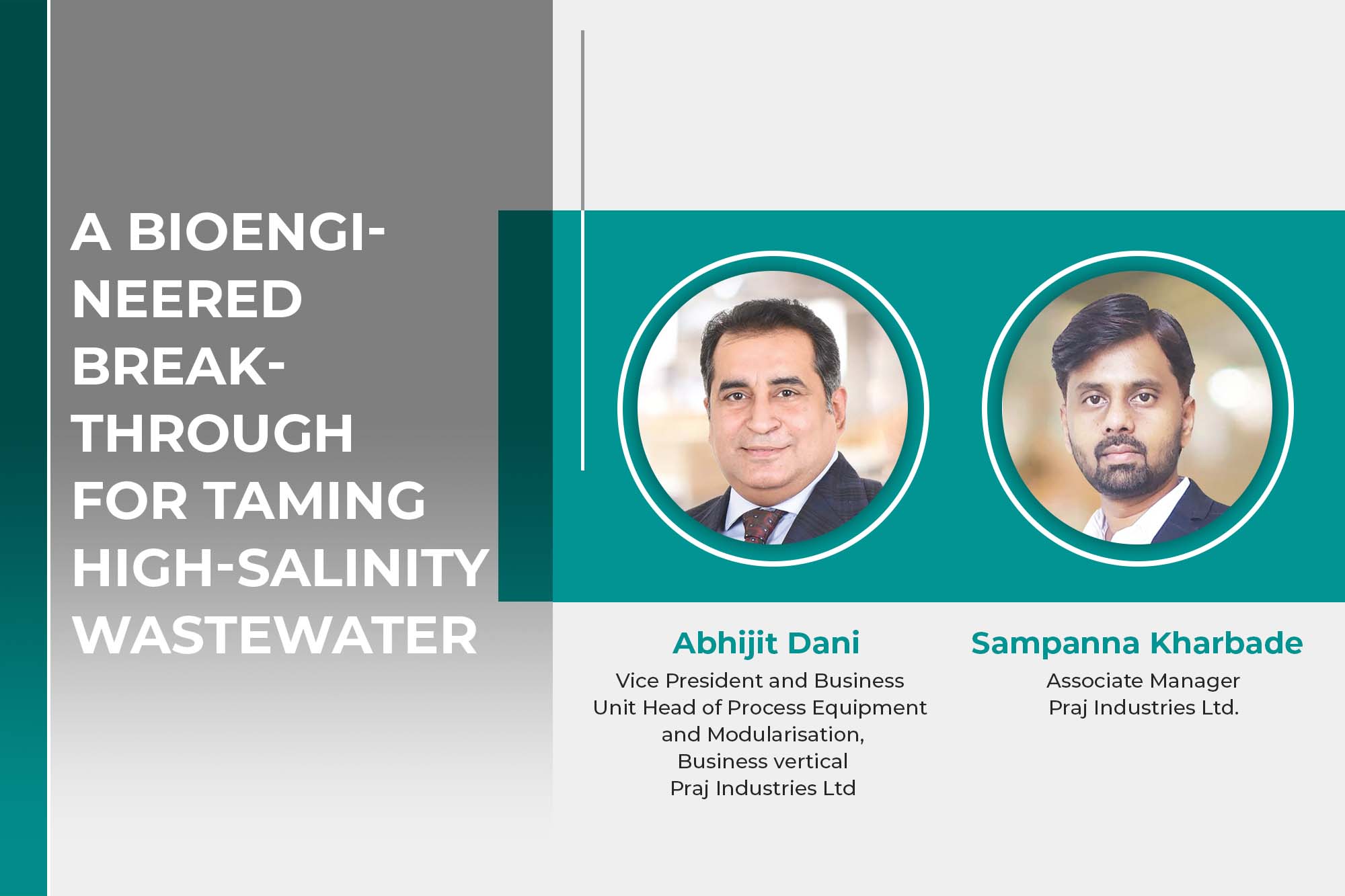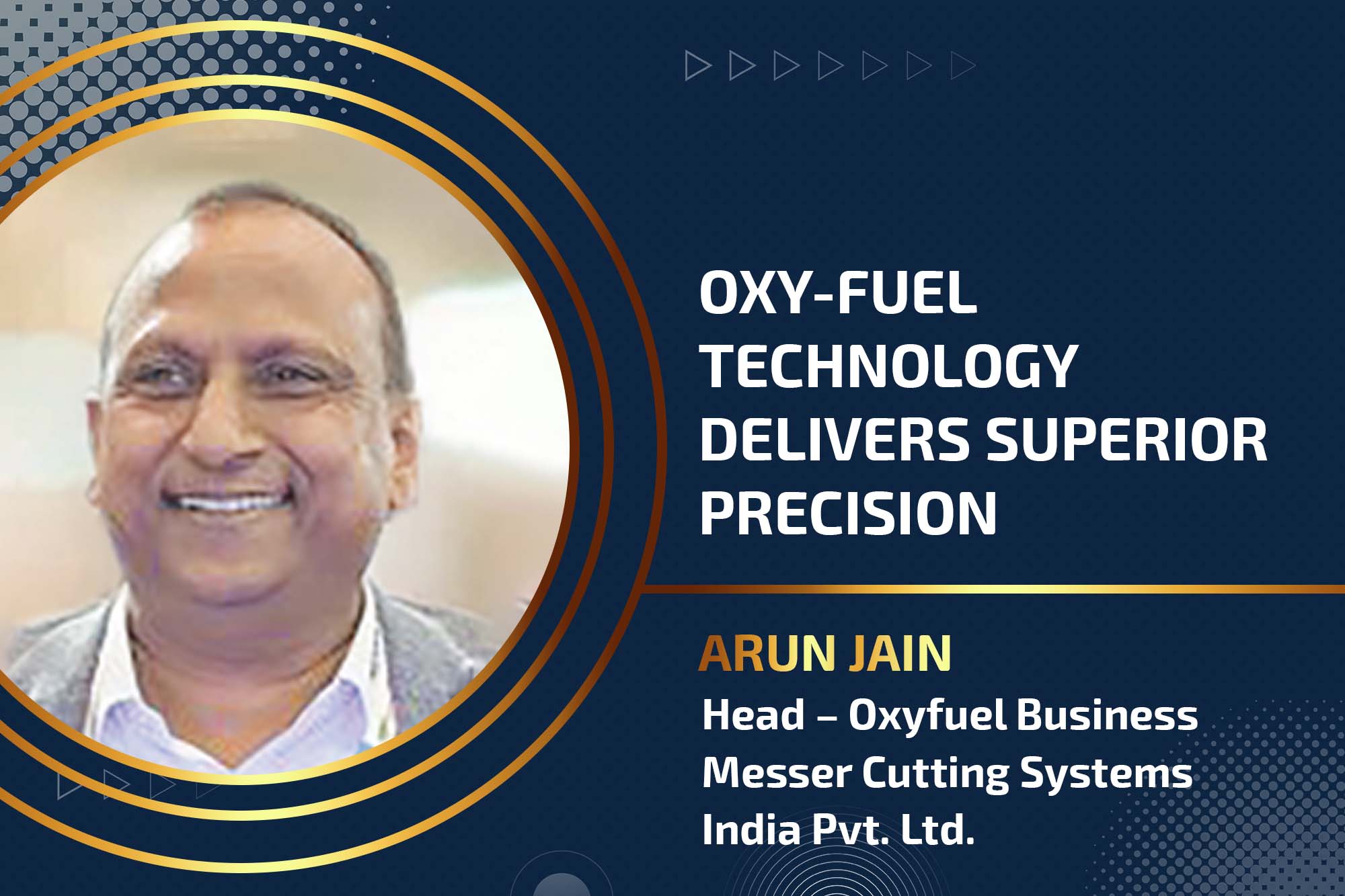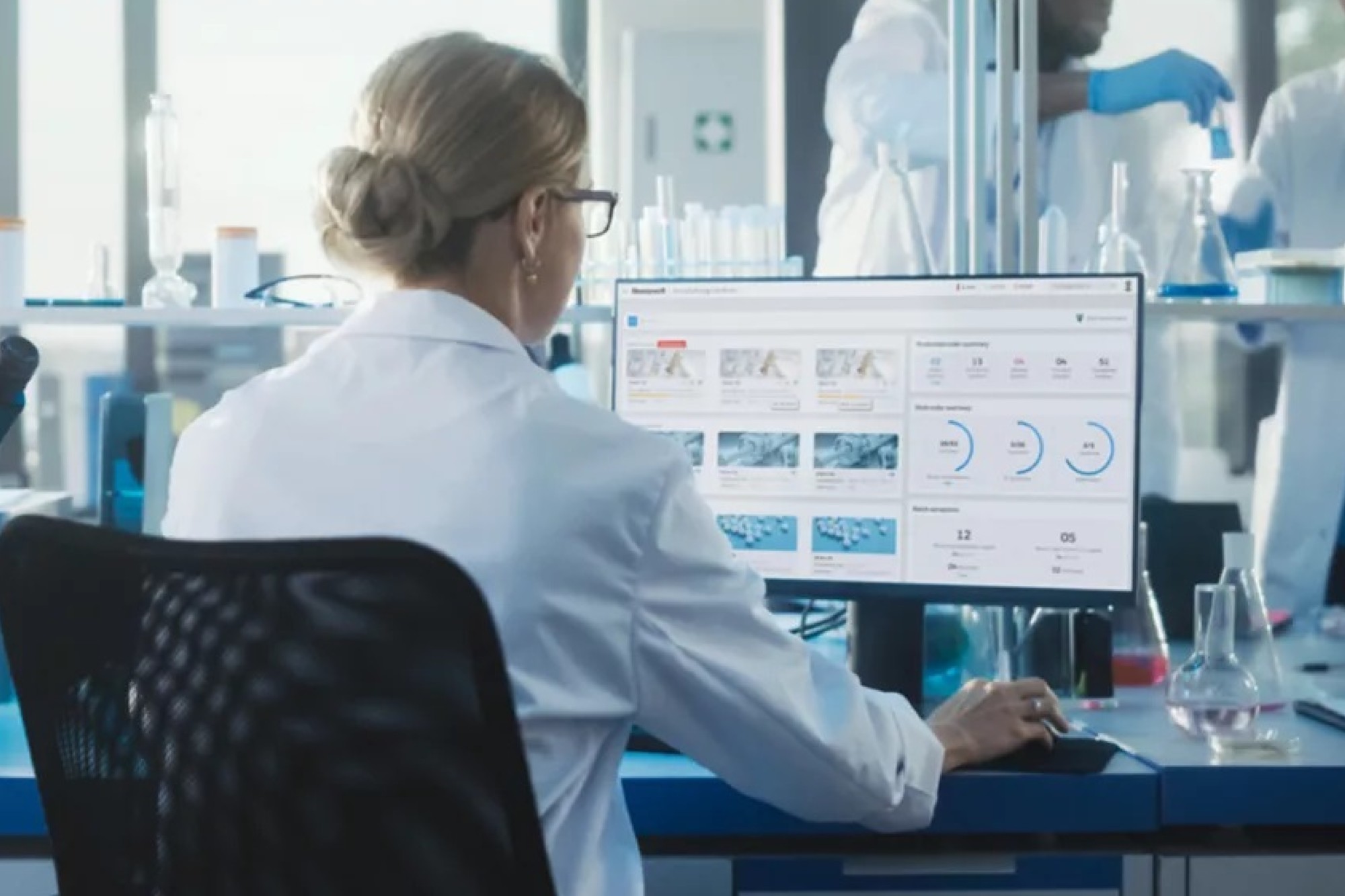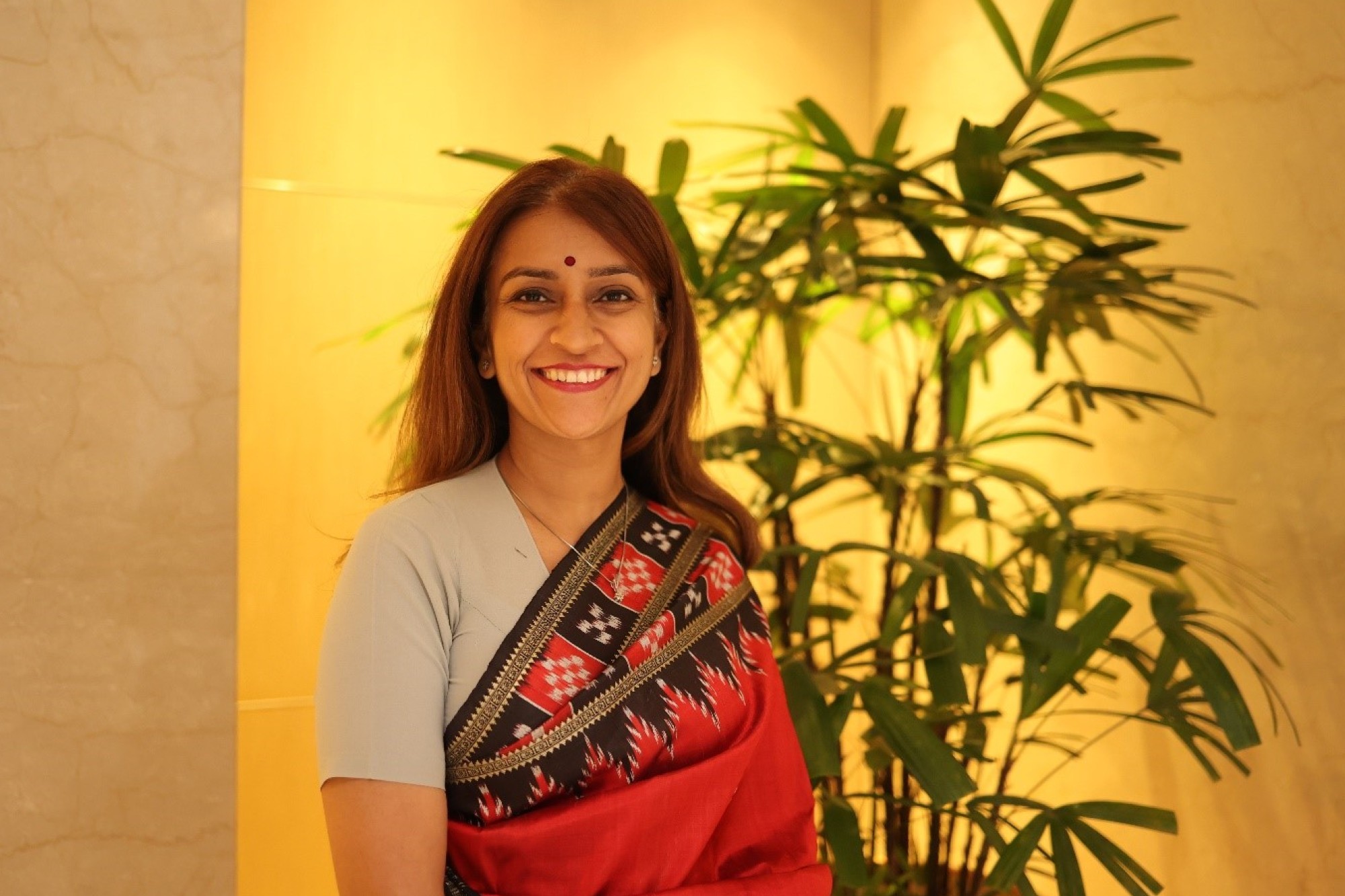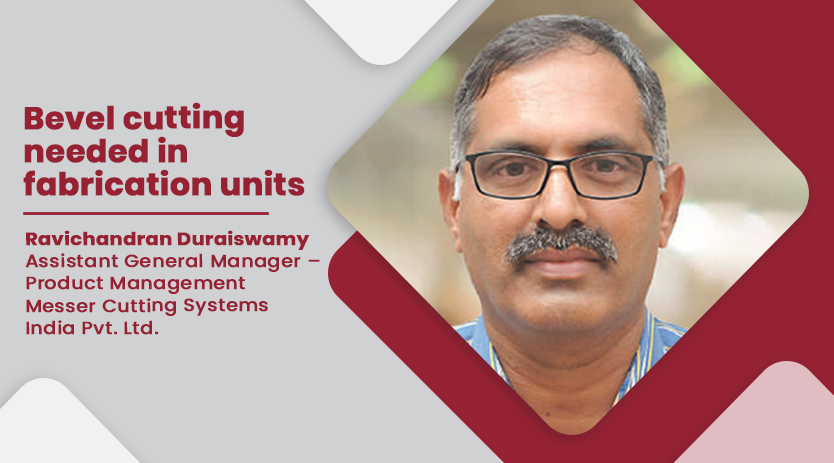Goals are clear, but more to be done
By admin June 29, 2015 2:43 pm
To ensure the country’s place as a global manufacturing powerhouse, the government, industry and civil society must work in tandem…
Rajesh Kushwaha, Managing Director, Multi Axis CNC Robotics
Founded in 2001, Multiaxis set-up a small workshop for re-sharpening solid carbide cutting tools in Delhi, and won the trust of its valued customers and then entered the CNC cutting tools for Dies and Mould. Multiaxis is the sole distributor for ‘AKEN Precision Cutting tools’. Multiaxis’s previous experience in dies and mould, it has settled down as a major competitor in the field of CNC cutting tools. In early 2010, it entered the space of manufacturing CNC Machines at Gurgaon and then started manufacturing CNC milling machine.
Rajesh Kushwaha, Managing Director, Multi Axis CNC Robotics shares his views on the ‘Make in India’. He delves into details of the initiative and gives us profound insight into the ‘Make in India’ movement and what the government can and is doing, specific to his industry.
Initiative hopes to increase revenuesSpeaking of the aim of the initiatives, Mr Kushwaha says,” The major objective behind the initiative is to focus on many sectors of the economy for job creation and skill enhancement, increase GDP growth and tax revenue. The initiative also aims at achieving a high quality standard and minimizing the impact on the environment. The initiative hopes to attract capital and technological investment in India.”
Government should convince manufacturersThe ‘Make in India’ campaign to revive manufacturing will become a success only if the government manages to convince companies to manufacture in India. The key decision factors for manufacturers are – size of market and access to market, good infrastructure, and availability of skills, stable and competitive fiscal regime and ease of doing business.
“India is a large market. If we translate the requirements of the national programmes of 100 smart cities, industrial corridors, digital India and making SMEs globally competitive into a requirement of cement, steel, computers, furniture, locks, hinges, construction equipment, etc, it may give voice to the accelerating demands for manufactured goods within India,” says Mr Kushwaha.
Absorb semi- skilled workers“As India veers toward a higher growth curve, it faces destabilising forces arising from the magnitude of its growth. There is an increase in the available labour force without the required increase in employment opportunities proportionate to economic growth,” observes Mr Kushwaha.
Cookie Consent
We use cookies to personalize your experience. By continuing to visit this website you agree to our Terms & Conditions, Privacy Policy and Cookie Policy.




